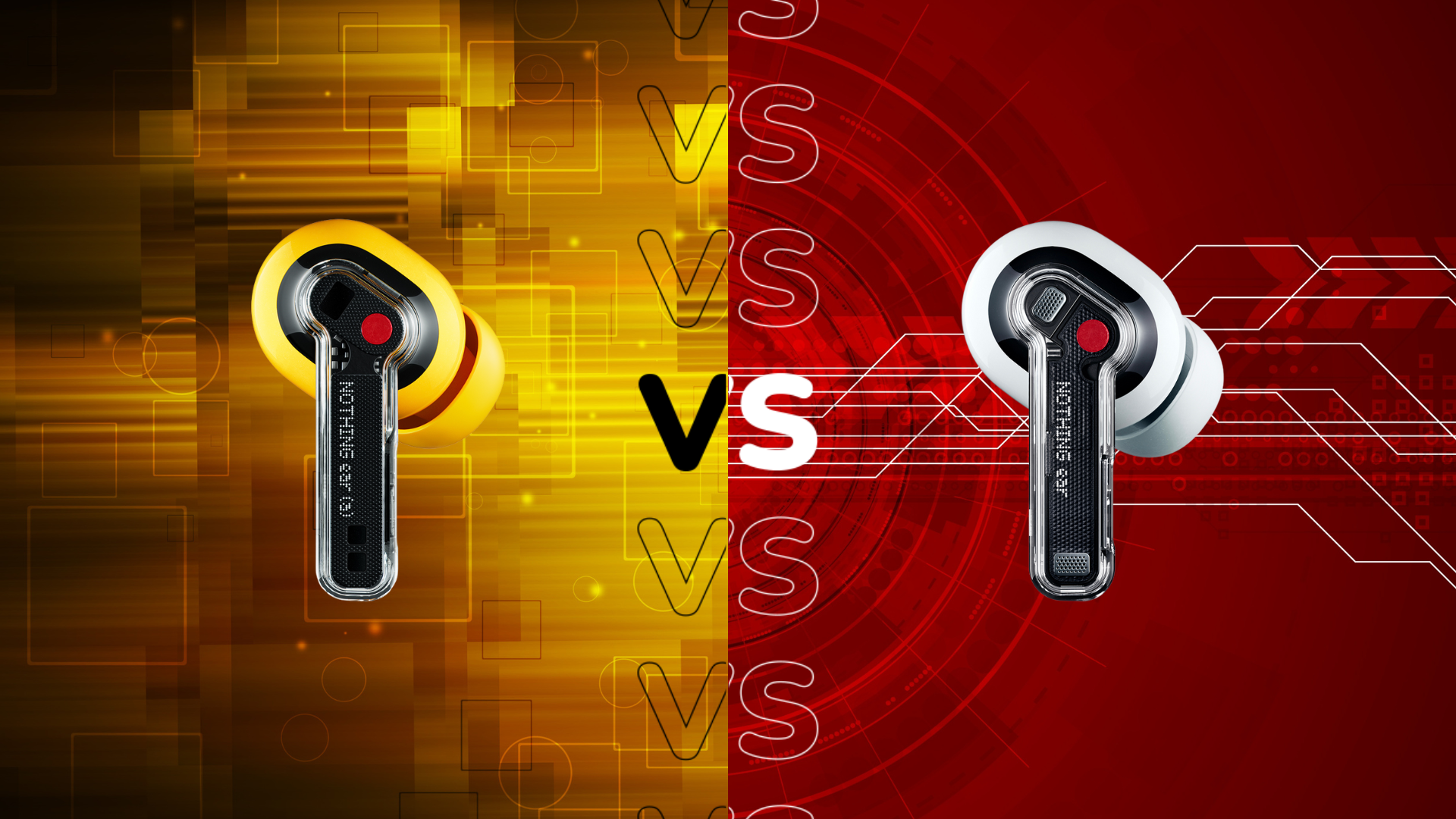PNG vs JPEG: What’s the difference?

PNG and JPEG are two file formats that are designed for storing digital images, but what’s the difference?
If you’re currently hovering over the export button in your favourite editing software trying to decide between one format or the other, this guide is for you.
Keep reading to learn what a PNG is, what a JPEG is and how they compare.
What is a PNG?
PNG is a file format typically reserved for illustrations and web graphics due to its lossless compression technique.
One major benefit to PNGs is that they can retain transparent elements, such as backgrounds, making them ideal for situations where you don’t want to see a white box framing your work, such as a logo on a website.
The biggest downside to PNGs is that these files are typically larger than JPEG files. This allows them to retain more detail but also means that they take longer to load on websites and take up more space on your devices.
PNG stands for Portable Network Graphics and uses the file extension .png.
What is a JPEG?
A JPEG is a file type commonly found on cameras and smartphones, though the format is increasingly being replaced by the HEIF format on these devices. One area that still relies heavily on JPEG files over HEIF is social media due to the fact the latter isn’t supported on Twitter or Instagram yet.
Unlike PNGs, JPEGs go through a form of lossy compression. This means that JPEGs are small enough to upload to websites and social media and load very quickly for others to see. This makes the file type ideal for sharing digital photography online.
JPEG stands for Joint Photographic Experts Group, with these images saved under the .jpeg and .jpg extensions.

PNG vs JPEG
Both PNG and JPEG are image file formats capable of reproducing around 16 million colours. The main difference between the two formats is the method of compression they use.
JPEG files go through a form of lossy compression, meaning that some data is inevitably lost in the exportation process. The data discarded usually consists of colours the human eye cannot pick out, making JPEG a popular way to store high-quality images that are small enough to load quickly online.
PNG files retain more data due to the use of lossless compression, helping images to remain sharp and high-quality after exporting. However, this method leaves you with larger image files, making PNGs slower to load compared to JPEGs.
This makes the PNG format a less popular choice for sharing images online but very useful for uploading logos and web graphics where text needs to be sharp and transparency is key.
Is PNG or JPEG better for social media?
JPEG images are better suited to social media due to their smaller file sizes and faster load times.








